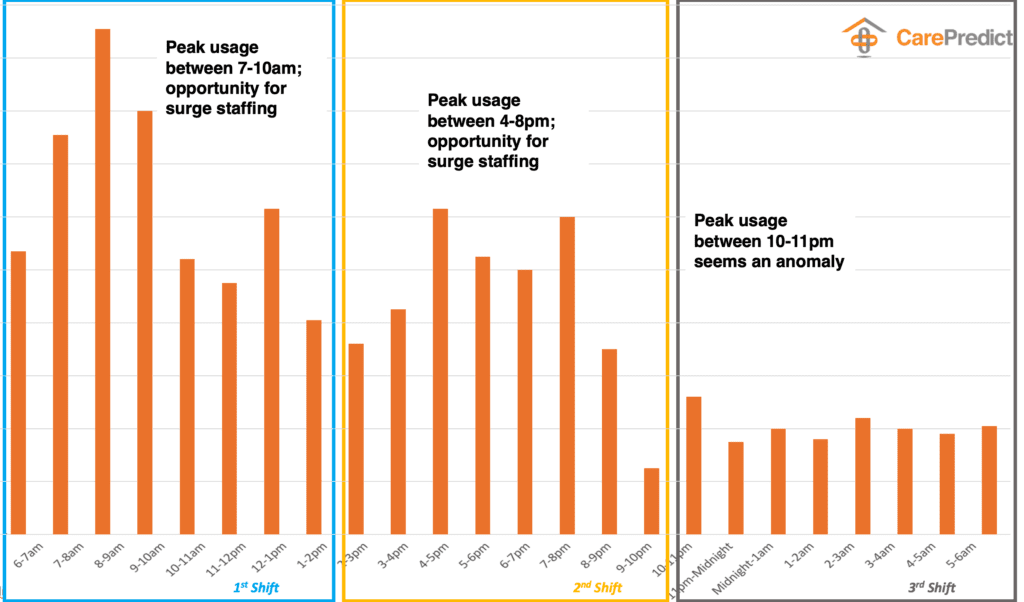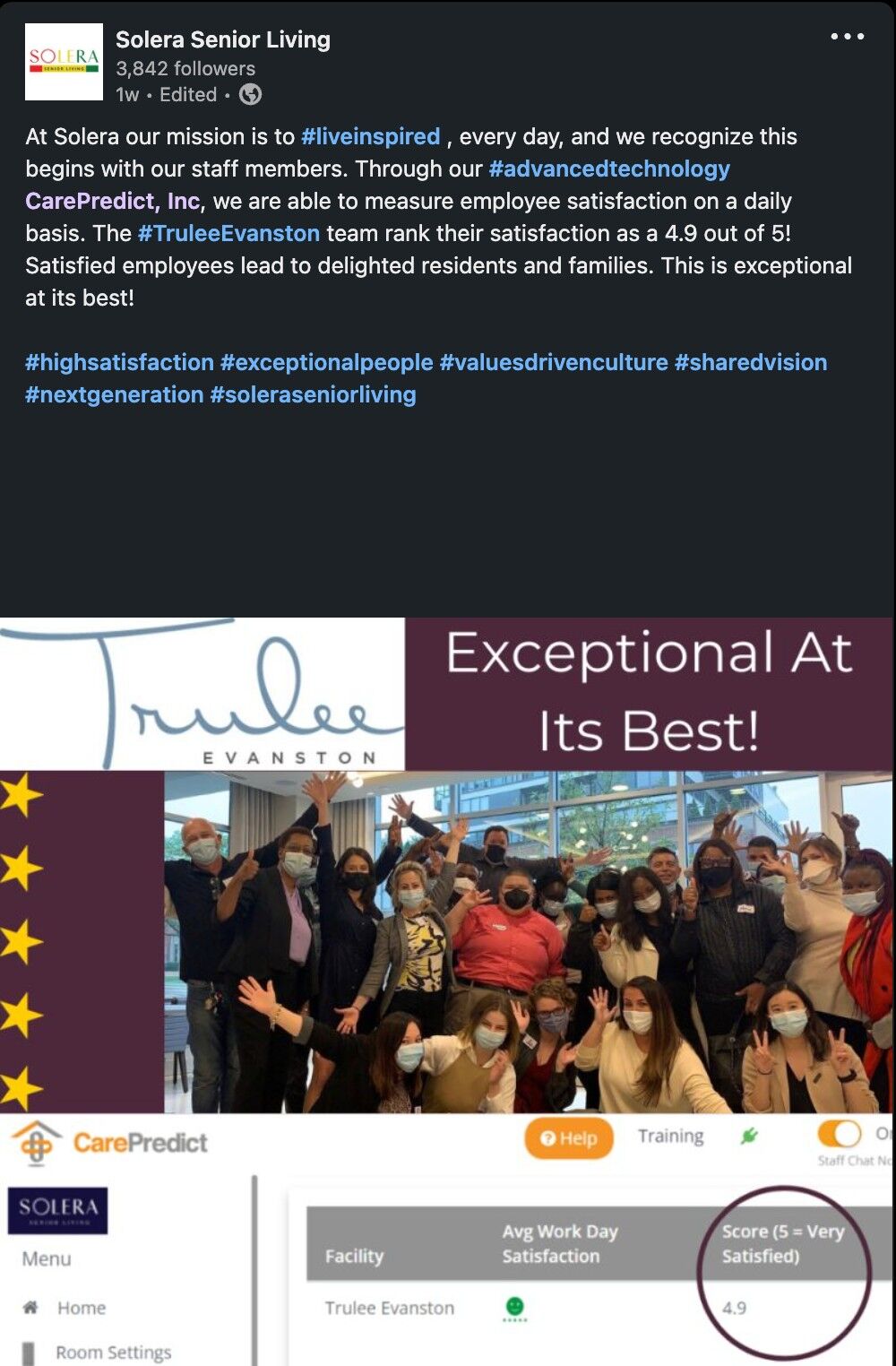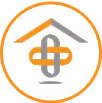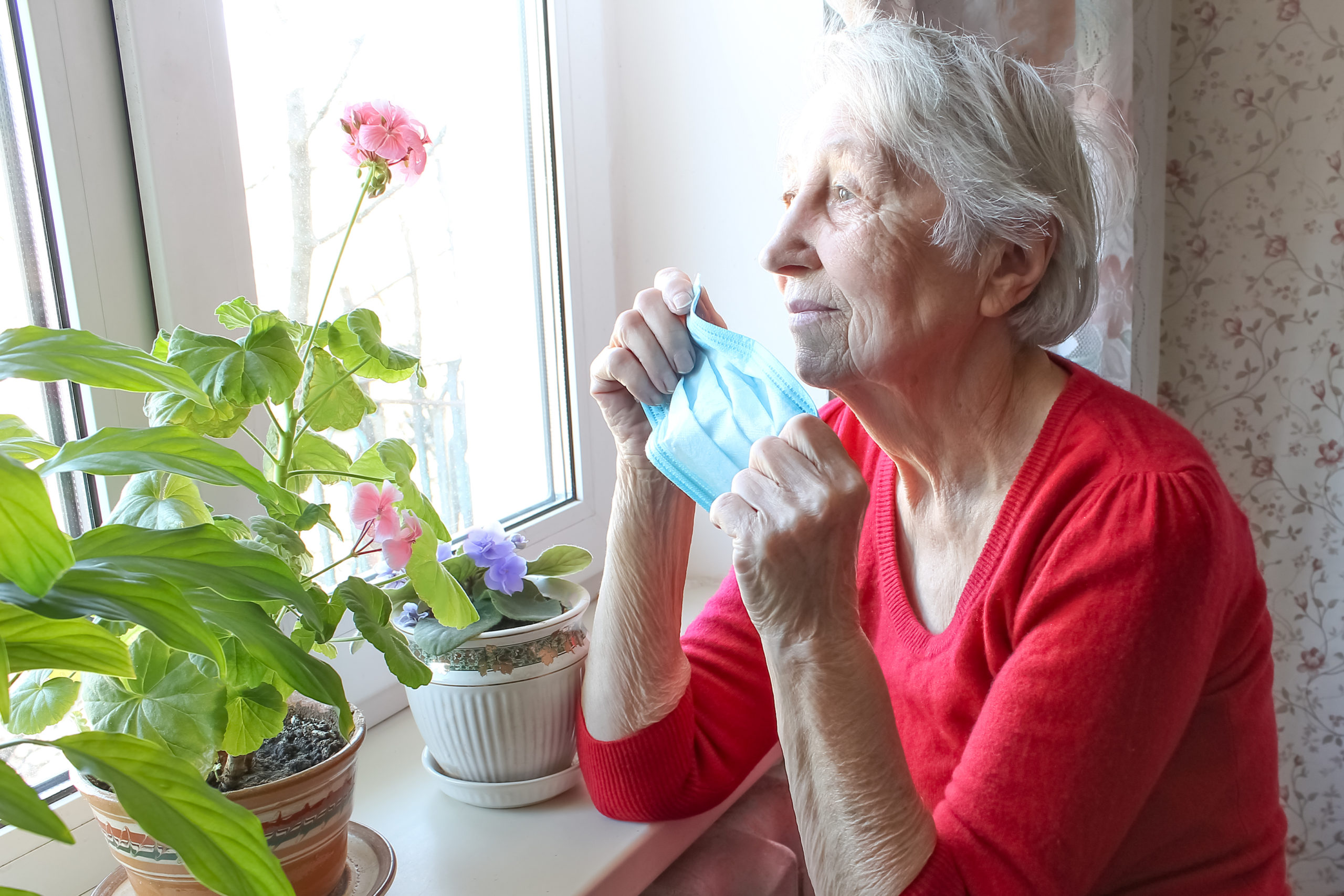How Technology Can Help Senior Living Retain Staff

As senior living facilities gradually recoup occupancy, operators are battling the next fallout from the pandemic – workforce shortages. Staffing challenges have persisted in senior living for over a decade but never in this magnitude. According to the American Healthcare Association (AHCA) and National Center for Assisted Living (NCAL), long-term care facilities are facing the worst labor crisis of any health care sector today. And the Bureau of Labor Statistics data from November 2021 shows that nursing and residential care facilities lost over 11,000 jobs. It is no surprise that a recent AHCA/NCAL survey shows that over 82 percent of assisted living communities face moderate to severe staffing challenges. The Bureau of Labor Statistics reports the senior living turnover rate to be 50 percent and rising. The issue of high staff turnover calls for innovations and tools that drive efficiencies in care by augmenting the work of care workers. CarePredict is a digital health platform purpose-built for senior living. Apart from improving resident health outcomes, it can provide senior living communities with deep insights on staff productivity and unique data sets that allow for innovative staffing. Here are four ways CarePredict can help reduce staff turnover and stabilize staffing challenges in your community:
1. Improve Scheduling:
The workload in a traditional eight-hour shift schedule is not uniform during the three shifts. With CarePredict, facilities can identify and map peak demand periods to staff density. For example, an assisted living facility using CarePredict identified specific times during the day when there was an increased and consistent demand. They also noticed that this surge in demand tapered off for several hours before another large peak demand. These detailed insights allow a facility to deploy surge staffing where additional caregivers come in for a 3–4-hour shift during the peak demand time and have a smaller number of traditional eight-hour shift staff during the low demand times. This allows facilities to:
i. Optimize staffing based on resident needs.
ii. It allows them to tap into a new pool of caregivers who do not want the traditional staffing model.

CarePredict’s insights allows you to deploy surge staffing during peak hours
2. Increase Employee Engagement:
To be invested in your facility’s missions, employees want to be heard and seen. Providing staff with a platform to share their feedback and suggestions can go a long way in retaining employees longer. Tools like Employee Satisfaction surveys allow operators to be proactive in identifying burnouts and other issues inhibiting staff from performing their best.

Solera Senior Living Employee Satisfaction
3. Recognize and Reward:
Recognition drives employee engagement. Research shows that employee engagement rises when employees feel they’re making meaningful contributions. CarePredict’s Staff Interaction report provides objective data and visibility into staff interaction with residents and their response time to residents’ assistance requests. This is also crucial data to show families when determining new care needs for residents.

Staff Interaction Report
4. Empower Staff with Tools and Actionable Insights:
To provide exceptional, proactive care, it is imperative to equip staff with the right tools and timely information. With multiple shifts and staff members caring for multiple residents, it is impossible to get continuous information on the subtle activity and behavioral changes known to precede health issues in older adults. CarePredict is an advanced remote activity monitoring technology that uses a smart wearable – Tempo, and AI-powered analytics to alert staff on the earliest signs of an issue. It also provides precise indoor location insights so staff can find the right person at the right time, resulting in significant time savings. Tempo’s two-way voice communication is another excellent example of time savings and efficiency. When a resident calls for help, the staff can use Tempo’s two-way audio to speak to the resident to prioritize care.
With the rapidly graying population, the demand for senior care staff is estimated to grow by 36 percent by 2028, according to the U.S. Bureau of Labor Statistics. Technologies that save time and work will be integral to meeting staffing challenges and essential to help staff perform their best and deliver unparalleled care.
Want to learn more about our workforce productivity insights and tools, go here.

Related Blogs






